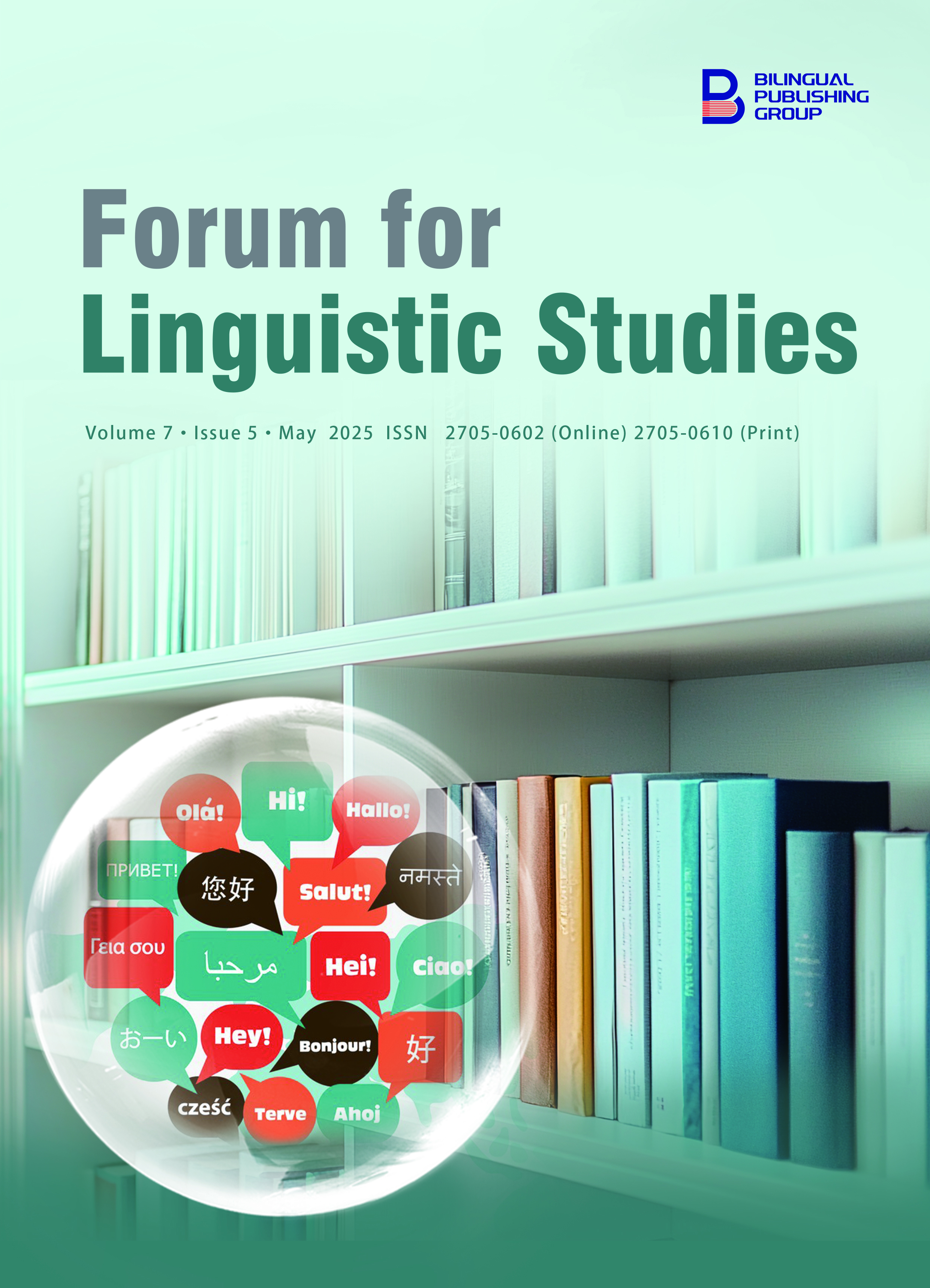Notice on Fake Journal Websites!
Please be advised that the only official website of Forum for Linguistic Studies is: https://journals.bilpubgroup.com/index.php/fls
Any other site claiming to represent our journal is not affiliated with us in any way.







 Dr. Bader A. Altamimi
Dr. Bader A. Altamimi



